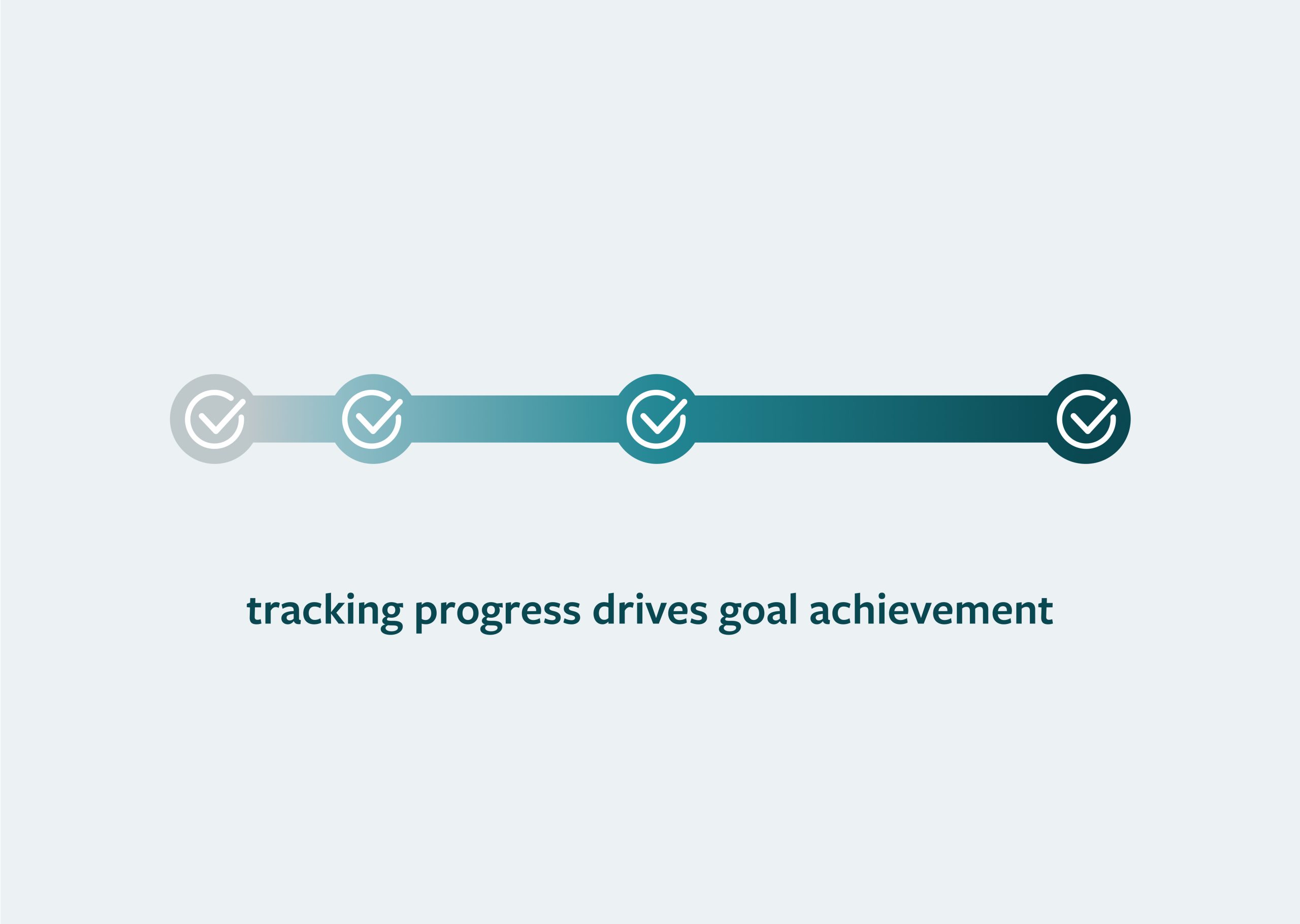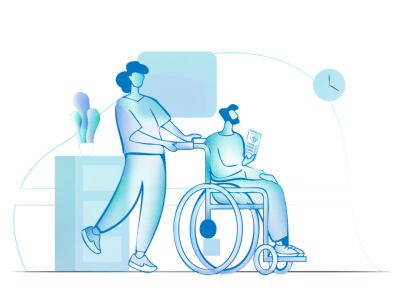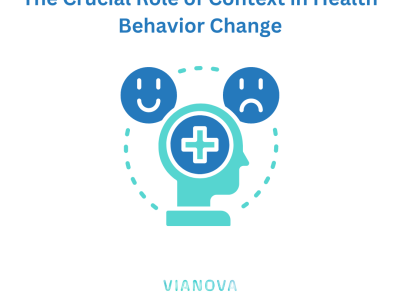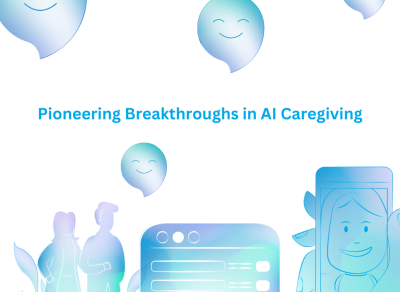
Unleashing the Power of the Goal Gradient Effect in Healthcare: A Behavioral Economics Perspective
In the world of healthcare, achieving and maintaining optimal well-being is a journey that requires commitment and perseverance. Whether it’s managing chronic conditions, building healthy habits, or reaching important milestones, motivation plays a pivotal role in driving individuals towards their goals. This is where the goal gradient effect, a phenomenon deeply rooted in behavioral economics, comes into play. By understanding and harnessing this effect, healthcare providers can empower patients to push themselves further, ultimately leading to better health outcomes. In this article, we will explore the fascinating concept of the goal gradient effect, its implications in chronic care management and building healthy habits, and how it can be leveraged to maximize motivation in healthcare settings.
The Goal Gradient Effect: A Motivational Catalyst:
The goal gradient effect refers to the tendency for individuals to increase their effort and motivation as they approach the end of a goal. Whether it’s the prospect of completing a challenging task or reaching a significant milestone, this effect has been shown to have a profound impact on human behavior. By providing clear indicators of progress or even implementing artificial progress markers, healthcare professionals can tap into the inherent power of the goal gradient effect and amplify motivation to achieve desired health outcomes.
Chronic Care Management: Nurturing Progress, Fostering Motivation:
Chronic conditions pose unique challenges that require long-term management and patient engagement. Integrating the goal gradient effect into chronic care management can prove to be a game-changer. One effective strategy is to break down complex treatment plans into smaller, manageable sub-goals. By establishing these milestones and providing regular updates on progress, healthcare providers can instill a sense of accomplishment and empower patients to stay committed to their treatment regimen. Leveraging technology, such as mobile apps or patient portals, can enhance this process by offering personalized progress trackers, educational resources, and reminders to fuel motivation and accountability.
Building Healthy Habits: Small Steps, Big Results:
Developing healthy habits is crucial for preventive care and overall well-being. The goal gradient effect can be a powerful ally in this pursuit. Breaking down the process of habit formation into smaller, achievable milestones can make the journey less daunting. For example, if someone aims to incorporate regular exercise into their routine, starting with short sessions and gradually increasing the duration over time can create a sense of progress and motivate them to push further. Similarly, implementing artificial progress indicators, such as earning badges or rewards for consistency, can foster a sense of achievement and reinforce positive behaviors. By strategically designing interventions that tap into the goal gradient effect, healthcare providers can help individuals establish and sustain healthy habits for a lifetime.
Leveraging Technology and Behavioral Economics:
Technology plays a vital role in leveraging the goal gradient effect in healthcare. Through smart devices, wearables, and digital platforms, individuals can access real-time progress updates, receive personalized recommendations, and engage in gamified experiences that fuel motivation. By combining technology with insights from behavioral economics, healthcare providers can create interventions that resonate with patients’ psychological drivers, amplifying their motivation to succeed.
Harnessing the power of the goal gradient effect in healthcare is a strategy that holds tremendous potential. By incorporating this behavioral economics principle into chronic care management and building healthy habits, healthcare providers can fuel motivation, drive patient engagement, and ultimately improve health outcomes. By breaking down goals into achievable milestones, providing clear progress indicators, and leveraging technology, the journey towards optimal well-being becomes more rewarding and attainable. As healthcare continues to evolve, understanding and applying the goal gradient effect will undoubtedly prove to be a catalyst for transformation, fostering a healthier society one milestone at a time.



FEEL FREE TO DROP US A LINE.